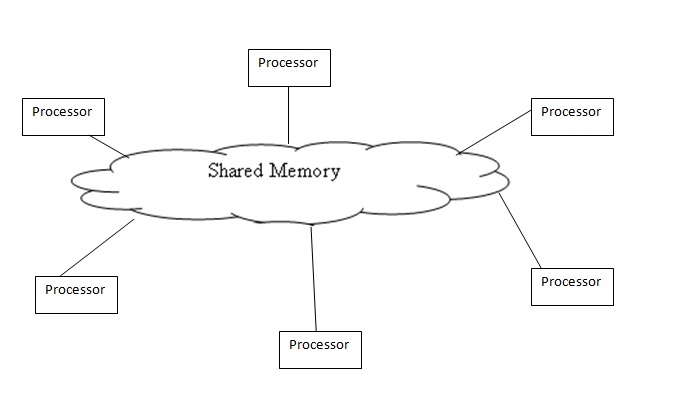CSC/ECE 506 Spring 2012/11a hn: Difference between revisions
No edit summary |
|||
| Line 15: | Line 15: | ||
==Performance of DSM== | ==Performance of DSM== | ||
==Performance Improvement== | ==Performance Improvement== | ||
===References=== | |||
<ol> | |||
<li>[http://www.ens-lyon.fr/LIP/RESO/Software/Dosmos/DSM.html Distributed Shared Memory Systems] </li> | |||
</ol> | |||
Revision as of 06:04, 13 April 2012
In a Distributed Shared Memory (DSM) several processors share the same address space but unlike the shared memory system they do not actually use a global memory which is accessible by all processors, instead it is a logical abstraction of a single address space for different memory locations which can be accessed by all processors.

Instead of implementing shared memory model with a bus support the DSM uses a more scalable and less expensive model by supporting the abstraction of shared memory by using message passing. The main memory of a cluster of processors is made to look like a single memory with a single address space. The DSM allows the programmer to share and use variables without having to worry about their management. Hence a processor can access a address space held by other processors main memory. The DSM allows end-users to use the shared memory without knowing the message passing,the idea is to allow inter processor communication which is invisible to the user.